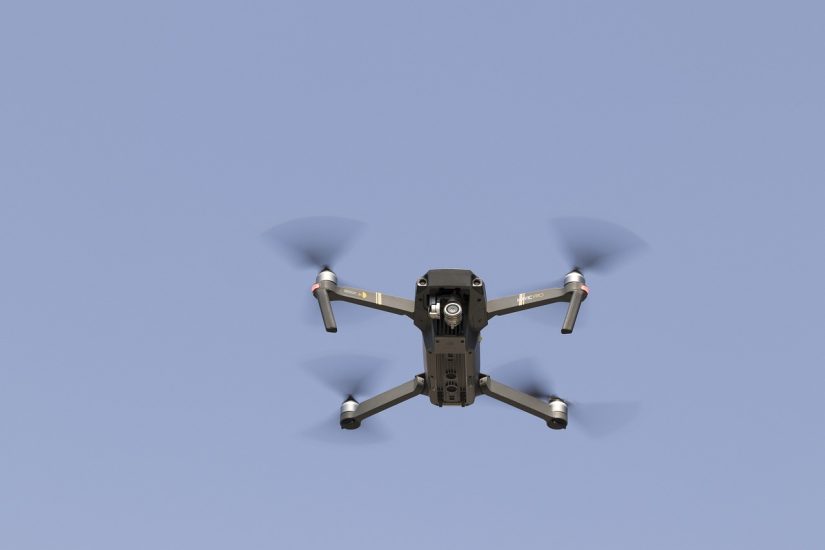Michigan aims to establish a drone corridor running from Alpena to Camp Grayling in early 2025, creating a six-mile wide airspace to test technology for large-scale drone deliveries in rural areas, Bridge Michigan reports.
The first phase of the project is expected to enable uncrewed aircraft to fly beyond visual line of sight (BVLOS), which would allow for potential for uses like package delivery, inspection and public safety application.
A Request for Proposals (RfP) was issued in August by the Michigan Economic Development Corporation, seeking “a contractor as System Engineering and Integration Service Provider to develop, implement and operate surveillance and communications systems and services to help enable UAS BVLOS operations by commercial, military, and public sector customers.
“Michigan’s vision is to implement and commercialise these capabilities across the state and potentially make them extensible throughout the National Airspace System for commercial, military, and public operations,” the state said in the proposal request.
Bridge Michigan notes that last year, lawmakers approved USD10 million in drone-related funding for the Michigan Department of Transportation, in addition to USD7 million for establishing an advanced air mobility park at Battle Creek Executive Airport. A further USD7.5 million in drone infrastructure funding was added to the new budget that Gov. Gretchen Whitmer signed in July, which is set to take effect in the new fiscal year beginning on October 1.
Whitmer announced the Uncrewed Triple Challenge earlier this year, which aims to drive innovation in autonomous drone technology. Entrants will be tasked with using uncrewed, autonomous drones to seamlessly transport a package across Michigan traversing air, land, and water. The Michigan National Guard, the Michigan Department of Transportation, and the Michigan Economic Development Corporation are partnering on the competition.
According to the RfP, the state anticipates Uncrewed Triple Challenge UAS competitors to use the new drone corridor by April 2025. Other initial users might include medium altitude long endurance (MALE) flight testing and training operators as well as military UAS in groups 3 and 4 for training and transitional flight to restricted airspace.
For more information




